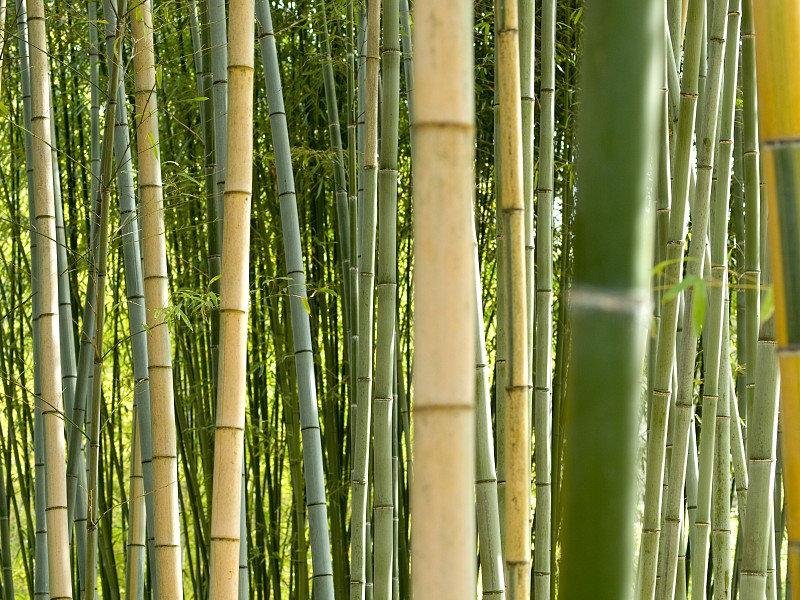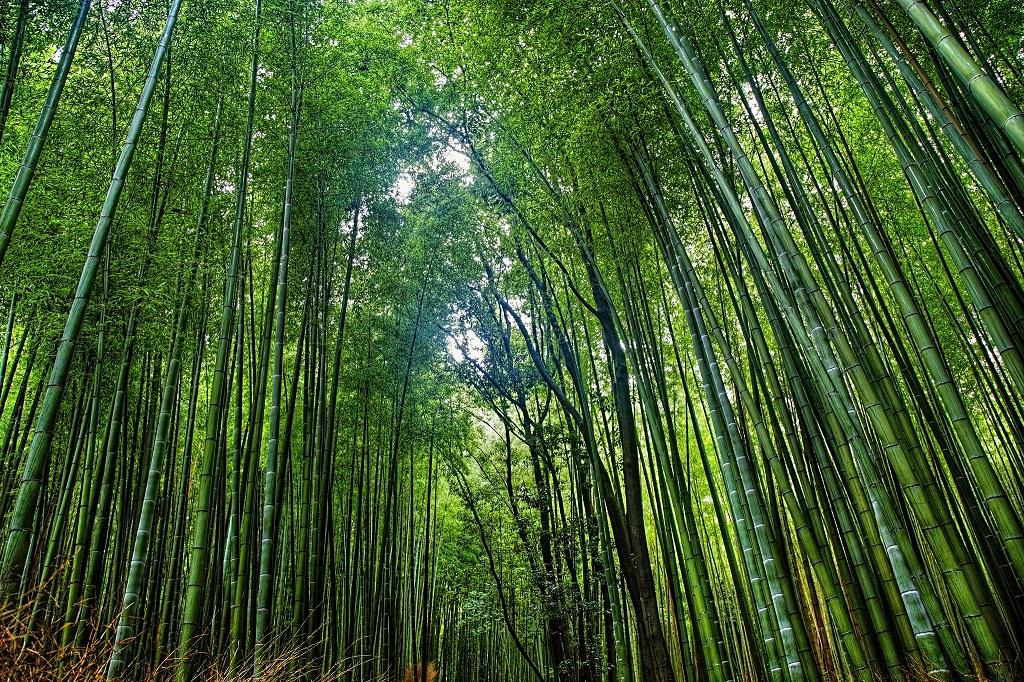LITTLE KNOWN PLANT TYPE FEATURES AND THEIR LINKS TO THE ECONOMY
“Bamboo” is a synthetic term which specifies 70 different types of large wood grasses; the size ranges from 10 cm high (a dwarf bamboo) to 40 metres in height (a giant bamboo). Bamboo exists as an autochthonous species all over the world, apart from Europe, where there is still some bamboo from other parts of the world.Bamboo as an economic resource is now an important monetary item for a number of countries: with over 20 million tons of annual production,
Most of which is produced in tropical countries and countries which are not rich, while they produce something like 1,500 bamboo products, all of which are very different from one another.Unlike other raw materials, which are simply “raided” in poor countries (this is one of the reasons why they are poor!), bamboo thankfully is a resource which generated real work and wealth to the nations where it is harvested and worked upon.


Bamboo has a number of elements in common with trees, perhaps merely because it generates chorophylline photosynthesis and is made from lignin and cellulose; for everything else, it does vary from wood in terms of its internal structure, its behaviour, its regrowth, its life cycle etc.From a structural perspective, it is rich in fibre, which determines its strength and hardness; mechanically speaking, the fibres are small tubular, hollow shafts with a diameter of 0.03 mm, a maximum length of 3.5 mm and a wall thickness of 0.006 mm.
The fibre wall consists of layers, called blades, of which there are seven in bamboo and three in wood.The blades enclose the vessels which give the plant its nourishment. Whenever you cut a bamboo cane widthways, you will notice a series of dots (these are the fibres) which are immersed inside the bamboo pulp; the more fibres in the same area, the more resistant the bamboo.
